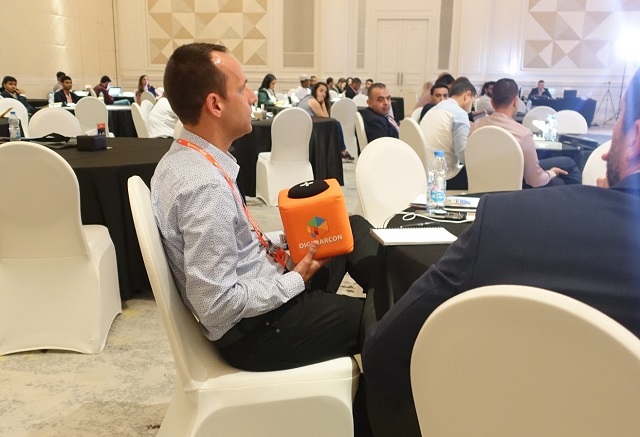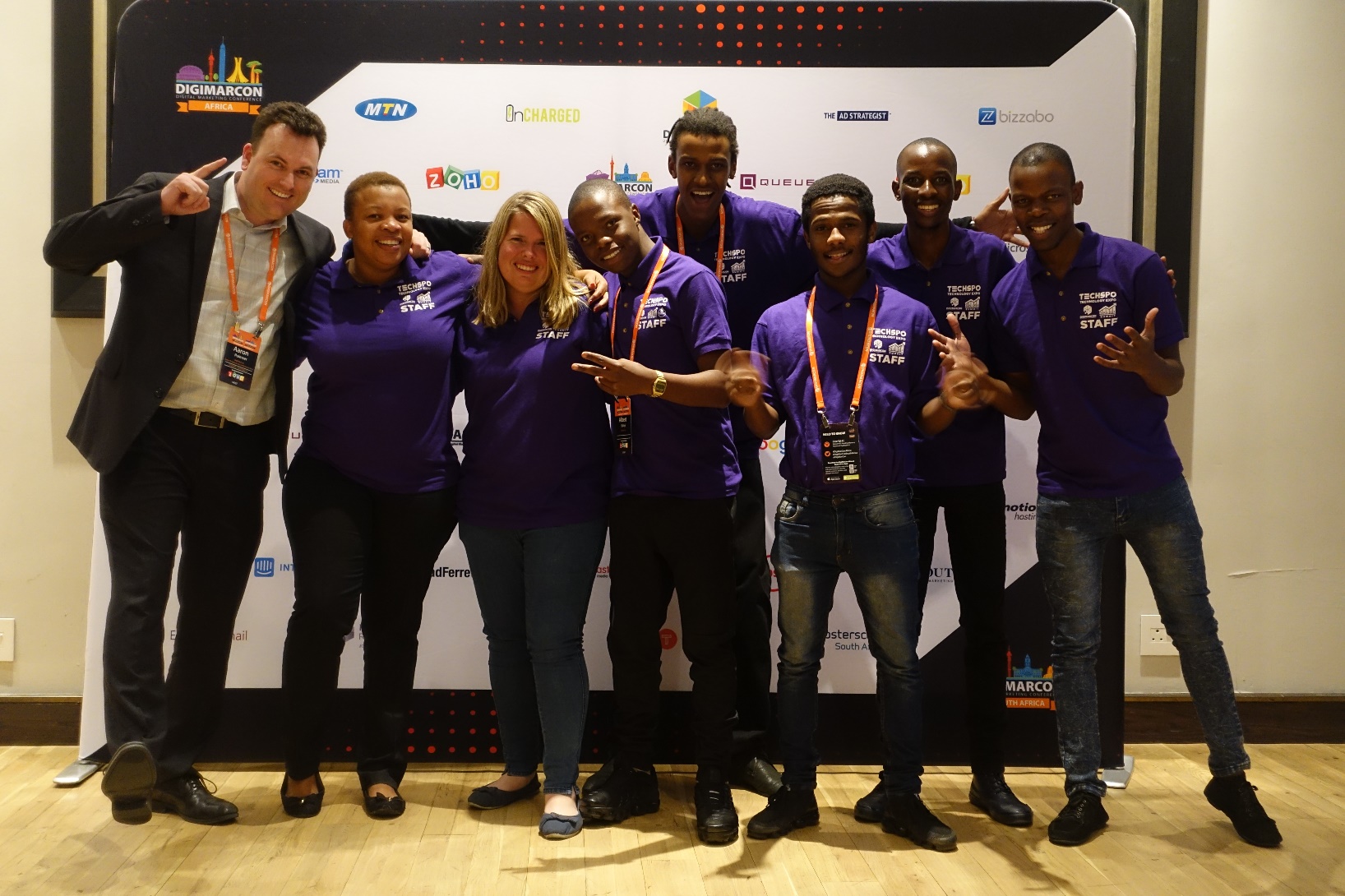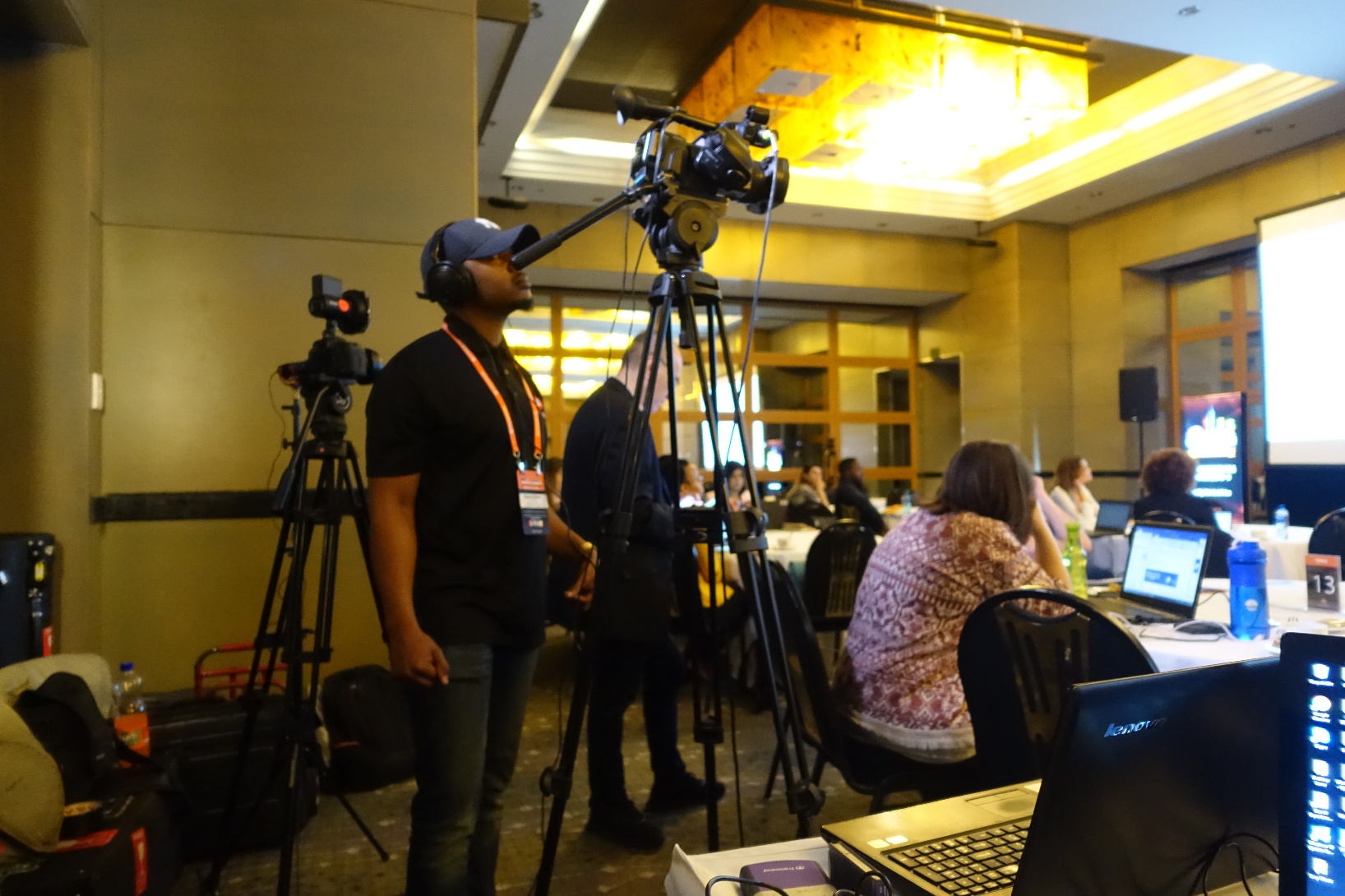The Fake News Epidemic: Not Even Santa Can Be Trusted
By Sean Smith
I am a social media professional. And as hard as I try not to, I occasionally get sucked into a story that has me believing and sharing it with my friends. This one makes me mad, this one makes me sad, this one makes me happy and this one makes me… disappointed as hell. Such was the case with the recent “Boy Dies in Santa’s Arms” story. Perhaps you’ve heard of it?
I read the story and I watched the interview. How could it not be true? It started from an actual media outlet and was shared by other media outlets. I mean, come on, it’s Santa! Crying! How could this NOT be true!?! Days later, the story began to unravel as the media actually got around to gathering facts asbout the story and found that it had many gaping holes. It turned out that no one seemed to know the boy or the family mentioned in the story. No one saw Santa in the hospital and even Santa himself could not seem to remember the date of the sad day, which really blew it for me. How can you remember every name of every boy and girl in the world — but forget the day that one of them dies in your arms.
The “Gotta Be First” Syndrome
As amazing as social media is for connecting people and creating relationships and conversations, the immediacy of it has created the biggest problem in the world of media and news; the “Gotta Be First” Syndrome.
When a story breaks over the police scanner, or is called-in by a frantic bystander, the news agencies of the world begin the mad scramble to be first in the social stream with the story. It doesn’t matter if the story or info they are providing is true, as long as it’s posted on social before the other guys. Whatever mistakes are made, they can be corrected in the hours and days after the story unfolds, right?
Take a recent incident at Ohio State University. Even with reporters on the ground, choppers in the sky, and social media consumers all around the campus, the first information to hit the news feed said “Active Shooter Incident at Ohio State.” For the first few hours I went through the various feeds (thanks to EchoSec) from the growing number of students and media personalities “live and on-scene” throughout the campus.
The problem was, at no time was a gun or gunshots from the suspect ever mentioned. The police never heard anything about a shooter having a gun. The students closest to the incident never heard, and never saw, a gun. So where did the “active shooter” detail come from? Ah. There it is. As the students scrambled for safety, someone tweeted a question about a possible shooting incident and VOILA — Active Shooter.
Eventually the media outlets were able to establish that the active shooter was actually a student with a knife. The media narrative then …read more
Source:: Social Media Explorer



























